#manhatta represent
Explore tagged Tumblr posts
Text
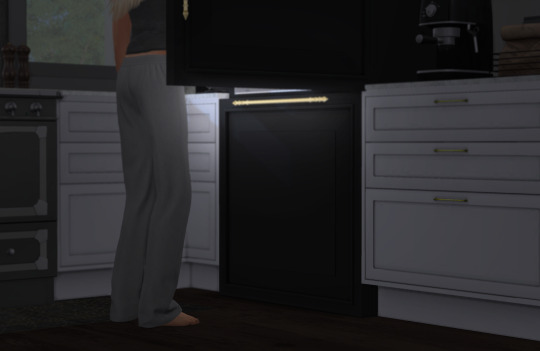

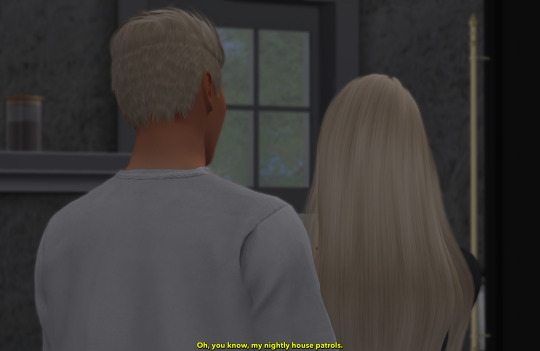

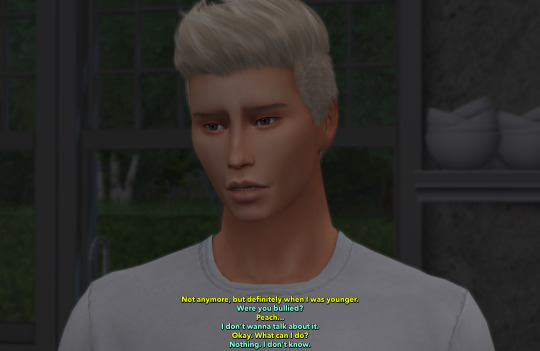
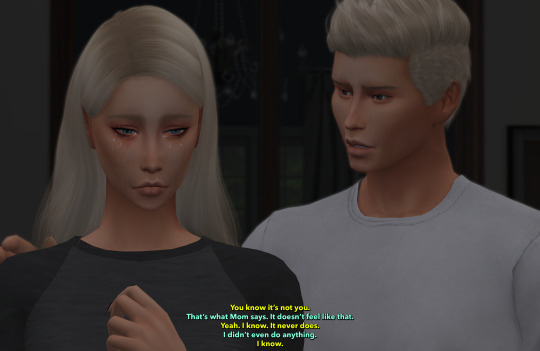

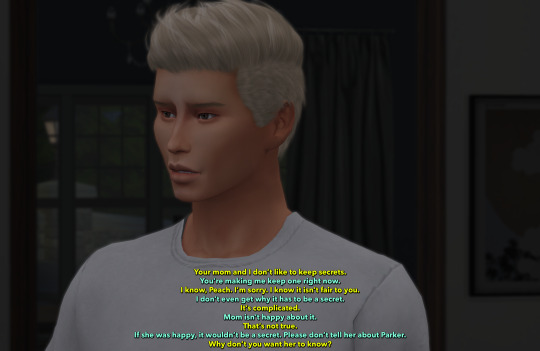
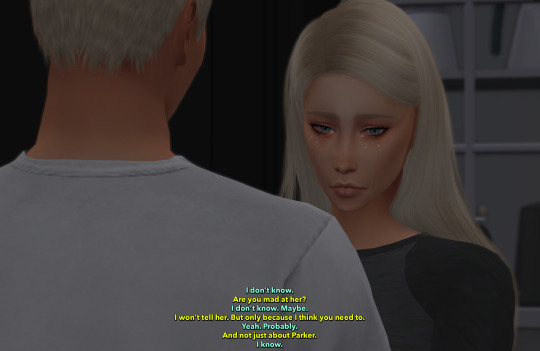

11:02pm
23 notes
·
View notes
Photo

BY NOW IT IS NO SECRET...
...There is something wrong in the world known as “Latverion”. While some accept reality as a set, defined truth, there are others of us who know how deep the roots of deception go. Latverion is, put in simple terms, a construct created by a power obsessed man who masquerades as a god. It is the result of the INCURSIONS that destroyed reality as we once knew it.
Eight years into its creation passed before the ship piloted by the FANTASTIC FOUR left the NEGATIVE ZONE and thrust its occupants across what we know call Battleworld. It has taken some time for these people -- people who remember the truth -- to find each other again. They have done their best to find others and share the truth without catching the attention of VICTOR VON DOOM, who now calls himself the GOD EMPEROR.
We are, however, out of time. Doom has called for a summit to discuss the unrest that we are no doubt spreading across Latverion. As a result, we all must come together on the ISLE OF AGAMOTTO, the home of SHERIFF/DOCTOR STEPHEN STRANGE. We have requested representatives from each domain -- this includes those who retain memories and those who must have the situation explained to them. We hope to meet in secret and to avoid detection from the God Emperor. Please, help our cause. Help us fix what is eight years overdue.
Please find a list of representatives under the cut.
THOSE WHO REMEMBER:
carol danvers -- arcadia
druig -- high avalon
jake lockley -- high avalon
jane foster -- doomgard
marc spector -- egyptia
miles morales -- spider-island
peter parker -- spider-island
scott summers -- egyptia
stephen strange -- isle of agamotto
steven grant -- darkforce dimension
steve rogers -- reich
t’challa -- afrika
DARKFORCE DIMENSION:
clea strange
elsa bloodstone
steven grant
LIMBO:
n/a
REICH:
bobbi morse
clint barton
daisy johnson
sam wilson
steve rogers
EGYPTIA:
jean grey
kate pryde
layla el-faouly
makkari
remy lebeau
scott summers
sersi
GENOSHA:
emma frost
hope summers
wanda maximoff
MANHATTA:
n/a
CRADLE CITY:
kamala khan
riri williams
SPIDER-ISLAND:
andi benton
flash thompson
gwen stacy
julia carpenter
peter parker
ATTILAN:
n/a
HIGH AVALON:
betsy braddock
eros
jessica jones
kate bishop
matt murdock
wanda maximoff
MOONVALE:
gamora
noh-varr
ripley ryan
ARCADIA:
jennifer walters
AFRIKA:
t’challa
THE FATHOMS:
namor
namorita
DOOMSTADT:
n/a
DOOMSGARD:
n/a
0 notes
Video
vimeo
Time-Lapse | Earth from Bruce W. Berry Jr on Vimeo.
All Time-lapse sequences were taken by the astronauts onboard the International Space Station (ISS) (Thanks guys for making this available to the public for use!) All footage has been color graded, denoised, deflickered, slowed down and stabilized by myself. Clips were then complied and converted to 1080 HD at 24 frames/sec.
Some interesting tidbits about the ISS. It orbits the planet about once every 90 mins and is about 350 Km/217 miles. The yellow/greenish line that you see over the earth is Airglow.
Hope you all enjoy it and thanks for watching!
P.S. It would be a dream to actually be up there in the ISS. Btw NASA, if you need a Biochemistry Ph.D to do some work for you up there, I’m your man, LOL!
Music: "Manhatta" composed & performed by “The Cinematic Orchestra” itunes.apple.com/us/album/cinematic-orchestra-presents/id527221766 All rights reserved to their respective owners.
Edited by: Bruce W. Berry @ Website: bruce-wayne-photography.com
Image Courtesy of the Image Science & Analysis Laboratory, NASA Johnson Space Center, The Gateway to Astronaut Photography of Earth eol.jsc.nasa.gov eol.jsc.nasa.gov/Videos/CrewEarthObservationsVideos/ nasa.gov/multimedia/hd/ earthobservatory.nasa.gov/
Footage Note: The slower video represents a closer resemblance to the true speed of the International Space Station; this footage was shot at one frame per second. Clips are all marked with an *.
Locations of Footage in the order they appear:
1. A Jump over the Terminator 2. Sarychev Volcano 3. From Turkey to Iran* 4. Hurricane Irene Hits the US 5. Indian Ocean to Pacific Ocean Through the Cupola* 6. Central Great Plains at Night* 7. Aurora Borealis over the North Atlantic Ocean* 8. Aurora Borealis from Central U.S.* 9. Up the East Coast of North America* 10. Myanmar to Malaysia* 11. Western Europe to Central India 12. Middle East to the South Pacific Ocean 13. Aurora Borealis over Europe* 14. City Lights over Middle East* 15. European City Lights* 16. Northwest coast of United States to Central South America at Night 17. Moonglow over Canada and Northern U.S.* 18. Stars from the Pacific Ocean (1) 19. Stars from the Pacific Ocean (2) 20. Stars from the Pacific Ocean (3) 21. Stars and the Milky Way over the Atlantic* 22. The Milky Way and Storms over Africa (1) 23. The Milky Way and Storms over Africa (2)
0 notes
Video
vimeo
Oh Yes (2012, silent) Poet: Charles Bukowski / Filmmaker: Clemens Wilhelm http://movingpoems.com/2012/09/oh-yes-by-charles-bukowski/
“Oh Yes” (2012) is a video by Clemens Wilhelm that uses a poem by Charles Bukowski. The video is silent, non-narrative, and has a few different shots of the same location with a static camera. There is not a lot of movement, just the bobbing of water and the movement of a couple.
The video begins with a shot of a large body of water. The shot is far enough away to see the sky in the horizon, but close enough to hide any land that may be near. Even though we can see the sky in the far back, its grey color makes it uninviting and suggests that a storm is coming. However, the sky does not distract from the water which is the main focus of the shot, especially when the words "oh yes" come on the screen at the bottom of the frame. The words "oh yes" seemed, to me, an odd way to start both the poem and the video. The words have a happy connotation, suggesting an exclamation of joy or victory. Though the words in the context of the poem are more likely trying to invoke a wiser atmosphere; a phrase a teacher or a grandparent may say when a child asks them a question. These could be the first words of a long story about grandfather's time in the war when his whole life perspective changed because he fell in love with a local ("Oh yes that little island in the Pacific. That's where my life really started"). But without the context of the rest of the poem this opening shot does not really give us a good idea as to the tone or the route of this film and the silence works to this end as well. If someone were to say these words than perhaps we could get an idea as to whether the film has a happy tone (a narrator saying it with enthusiasm) or a reflexive tone (an older narrator talking with a shaky, cigarette-raspy voice), or a sad tone (a narrator saying it softly and drawn out). The grey sky in the background, however, points to a sadder tone and to trouble coming.
Zooming in closer to the water for the second shot, a boat is revealed which appears to have two people inside. The moving waves are visible and strong enough to sufficiently rock the boat. These rough waters again suggest that a storm is coming. The second line appears on the bottom of the screen: "there are worse things than." The second line than disappears and the third line appears: "being alone." The words that appear in this shot seem to know what I was thinking: I (the viewer) am all alone and I am the only creature here. The words seem to recognize this panic that a viewer may have and, in a rough way, reassure them that they are not alone and being alone is nothing to panic about. This lonely feeling may be transported to the boat and its occupants, but the third shot reassures the nervous audience that it is not alone either. The third shot is a farther away view of the water, where two boats are now visible and a fourth line of the poem appears on the screen: “but it often takes decades.” The long length of time that decades represent are visually shown through the long distance between the two boats and the long distance between the camera (and the viewers) and the two boats in the water.
The fact that we never get close enough to see the people in the boat contributes to the feeling of loneliness and separation that this video produces; even though there are other people in the shot, we still feel alone and they still seem alone. The lack of sound also adds to this. We get no auditory signals of what they are doing (or even if there actually is a live person in that boat); we also are denied the reassurance of even a seagull squawking or a fish jumping from the water that would allow us to connect the scene to a different body of water we have experienced. The film allowed us the sight of two boats as if to reassure us that we were not alone, but instead of zooming in so we could connect with the people, we further zoom out with the fourth shot. The two boats are but a speck of white in the waters, so small that if we were not zooming out but instead zooming in from this shot I may not have noticed them. This shows that just because you are not alone, does not mean that the sight of other people is independently reassuring. It’s the connection with these other people that matter. We are not able to connect with these boatmen and therefore the feeling of loneliness does not go away. This feeling that the video produced for me was the same message that I got from the poem; that being alone is different from feeling alone. The next three lines (“and most often/when you do/it’s too late”) of the poem also seem to be a response to how I am feeling; being able to tell that returning to the first shot would be more comfortable because then I would not have the questions about the boatmen, the wonders about what is happening with them, and the disappointment of not knowing.
The fifth shot is an even farther away view of the boats, but this time we see land. In the bottom corner of the screen we can see rocks, plant growth, a railing, and two people looking at the water. The sight of land provides us with another reassurance that these two boats are not alone, but are in fact close to land and being watched over by two other people. These two other people also comfort the viewers, we now know that we were not alone in watching before. However, we are again denied the comfort of being able to connect with them. We are close enough to see the color of their hair, but too far away to see their face. We can see that they are talking, but we cannot hear them. We do not see them closely enough or fully enough to even notice any of their mannerisms. We are then disappointed when one of the people walks away and out of the frame, leaving a single person by themselves. Perhaps creating the only point in the film where we connect with someone because the red-headed person has left us too. I projected a feeling of sadness on to this lone person that is not particularly justified since it is possible that the other person is standing right behind them. This feeling is more of my own sadness at being denied connection or contact with the red-haired person who we see the most of. The sixth and final shot returns us to a close-up view of the water, however this time without any sight of the boats or land. We are then back to a shot where we are alone, no other sight or sound of anything else nearby. However, this perspective does not make me feel any lonelier than before when there were other people in the shot but we were denied contact with them. To me, this video has a warning, a storm is coming, tone; where the tone depends on your actions. If you remain in your certain mentality and panic at the thought of being alone, then you will be stuck feeling lonely for the rest of your life; just like how if the boats remain in the water than a storm may come and hurt them. The first line (and title) for me helps reinforce that this video/poem is not leaving us with a question to try and answer, but leaving us with a directive that we can either follow or not.
This video reminded me a lot of the various avant-garde/experimental films we watched in class. “Oh Yes” connects with Manhatta (Charles Sheeler, Paul Strand, 1921) in more than just it’s landscape shots (urban vs. natural) and its choice to show the written words of the chosen poems. Manhatta’s varying perspectives can be disorienting similar to the varying perspectives in Wilhelm’s video. Stan Brakhage’s use of silence can also be disorienting, especially when paired with visuals we are not so sure what are. The question of what and where we are looking at connects with the Geography of the Body (Marie Menken, Willard Maas, 1943) where the viewers are left guessing what part of the body we are looking at. All of these elements contribute to a feeling of disorientation and sometimes a feeling of uncomfortableness; two feelings that I think are appropriate in relation to my chosen video. The Water Circle (James Broughton, 1975) also solely focuses visually on water, but with a different tone. In comparison, the water in The Water Circle feels much gentler, due to both the overhead view that does not allow us to see how large the waves are and the audio paired with it that sounds like a children’s song. The gentler water and the choice of sound reflects the happy and appreciative tone that this poem has. Dwightiana (Marie Menken, 1959) is about revealing the artist of focus’ work. There are many different scenes that revolve around a painting being covered up by something and then being cleaned away by something else. This films focuses on revealing and repeats it over and over, while “Oh Yes” is about loneliness and repeats it over and over with a common background being water instead of a collection of paintings. Pier Paolo Pasolini (“The ‘Cinema of Poetry’”) and Stan Brakhage (“Metaphors on Vision”) both talk about a visual language and the role cinema can play in building it. Both authors urge artists to create new metaphors (new “translations”) to express feelings, emotions, events, actions, etc. and not to rely on the same, overused metaphors that have been used for years (the skull and cross bones symbolizing death and a bird flying in the sky symbolizing freedom). I think that “Oh Yes” is attempting to do this with the feeling of loneliness. -- EL
0 notes
Video
youtube
Berlin: Symphony of a Great City (Berlin: Die Sinfonie der Großst...
Berlin: Symphony of a Metropolis (German: Berlin: Die Sinfonie der Großstadt) is a 1927 German silent film directed by Walter Ruttmann, co-written by Carl Mayer and Karl Freund. Composer Edmund Meisel was commissioned to write an orchestral score for its original release.
The film is an example of the 'city symphony' film genre.[1] It portrays the life of a city, mainly through visual impressions in a semi-documentary style, without the narrative content of more mainstream films, though the sequencing of events can imply a kind of loose theme or impression of the city's daily life. Other noted examples of the genre include Charles Sheeler and Paul Strand's Manhatta (1921), Alberto Cavalcanti's Rien que les heures (1926), Andre Sauvage's Etudes sur Paris (1928), Dziga Vertov's Man With a Movie Camera (1929), Adalberto Kemeny's São Paulo, Sinfonia da Metrópole (1929)[2] and Alexandr Hackenschmied's Bezúčelná procházka (1930).
This film represented a sort of break from Ruttmann's earlier "Absolute films" which were abstract. Some of Vertov's earlier films have been cited as influential on Ruttmann's approach to this film, and it seems the filmmakers mutually inspired one another, as there exist many parallels between this film and the later Man With a Movie Camera.
The film displays the filmmaker's knowledge of Soviet montage theory. Some socialist political sympathies, or identification with the underclass can be inferred from a few of the edits in the film, though critics have suggested that either Ruttmann avoided a strong position, or else he pursued his aesthetic interests to the extent that they diminished the potential for political content.[3] Ruttmann's own description of the film suggests that his motives were predominantly aesthetic: "Since I began in the cinema, I had the idea of making something out of life, of creating a symphonic film out of the millions of energies that comprise the life of a big city."[4]
These films were conceived of in the mid to late 1920's amongst the "artistic" writers and filmmakers (Usually when gathered in open coffeehouse discussions as they toiled at their craft) as an avant-garde, "new style" of early filmmaking that evolved from a script-free open narrative form that sought to show a clearer, less cluttered view of the world free from a real storyline or rigid structure. Although these films were often edited to give them some structure and a pleasing aesthetic value they evolved into what was later the "travelogue" film which also remained popular for a time. What made them very popular for urban audiences was that these films were often shot in their home cities showing easily recognizable landmarks and if one was lucky enough he or she may see someone they know up on the big screen or even get to see themselves on film.[5]
What is critically interesting about this particular film shot in Berlin, Germany is the time when it was made; years before any real Nazi influence and well before Joseph Goebbels' Propaganda Ministry took over all German film production which stalled true creativity and forced the most artistic talent from the country. Today it is watched not for its onetime artistic or style value but as a type of filmed "time-capsule" an invaluable historical filmed record of the great city of Berlin in the mid to late 1920's, soon to die. Over 30% of central Berlin was leveled by the end of World War II, changing the face of old Berlin forever.[6] The Anhalter Bahnhof train station in central Berlin appears in the film. So does the Hotel Excelsior, once the largest hotel in Europe, located across the street from the station and connected to it by an underground tunnel. Neither building survived the war.
0 notes